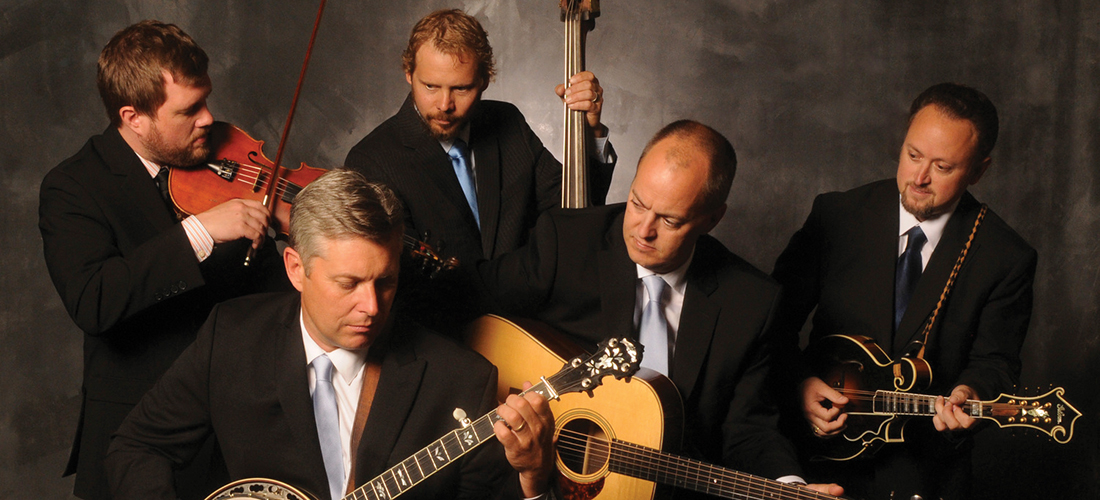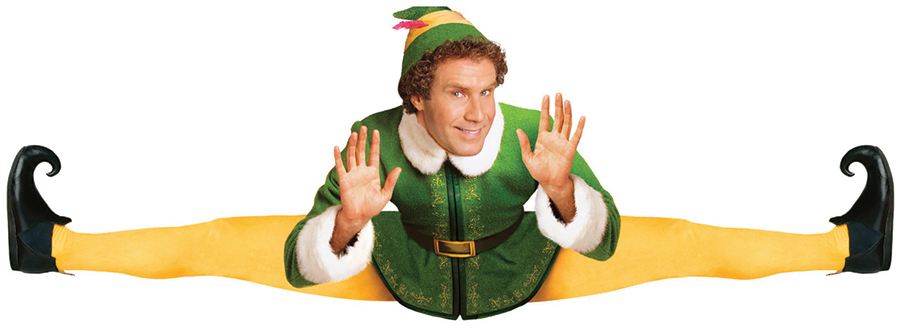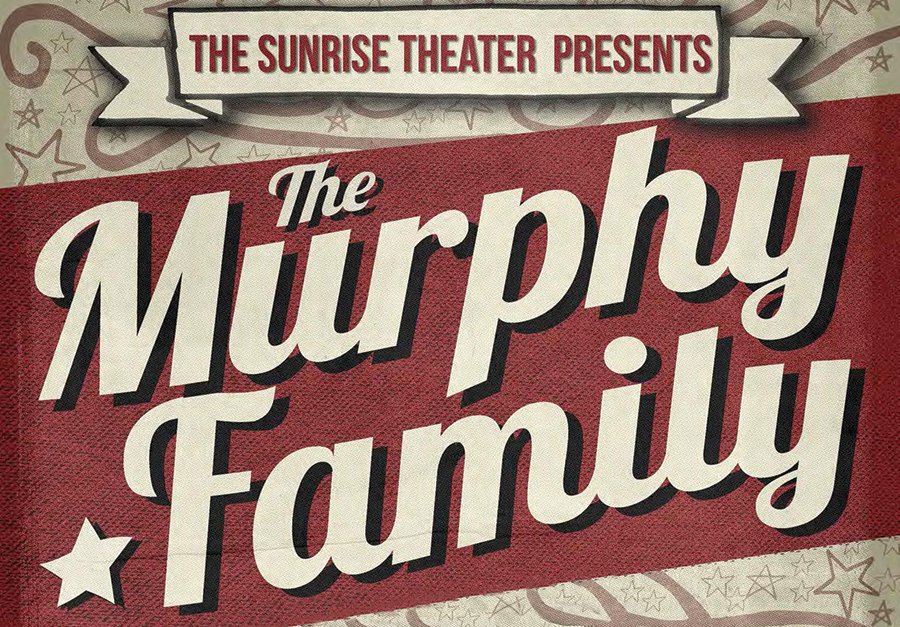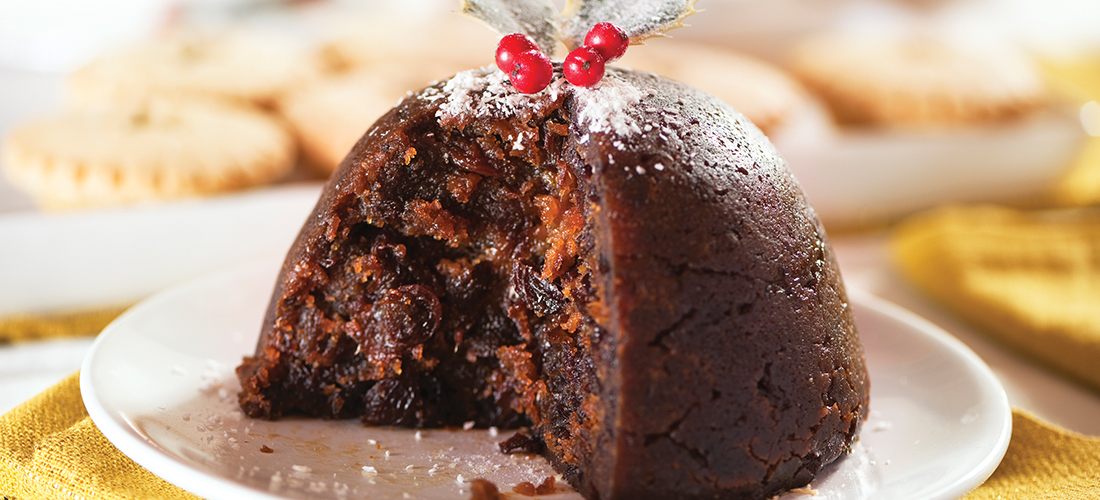By Romey Petite
Forever Words, The Unknown Poems, by Johnny Cash
Very rarely are we permitted a window into the imagination, craft and creative process of one of the true greats, in this case, the Man in Black himself. Forever Words is a treasury of dusted-off relics and artifacts unearthed from the Cash family’s archives. It contains the debut of 40-50 poems, and a trove of new songs penned by the singer-songwriter and legendary lyricist. The book also includes reproductions from Cash’s diary, including his original sketches and conceptual art. The collection is edited by and contains a foreword written by poet Paul Muldoon (Pulitzer Prize for Poetry and T.S. Elliot Prize). Die-hard fans of Cash — this is one to watch out for.
George Lucas: A Life, by Brian Ray Jones
The author of New York Times best-seller Jim Henson: The Biography tasks himself with delving into the legacy of another creative visionary — the mind behind the Jedi, the Force, adventures to vast worlds beyond galaxies far, far away and lost treasures that lie in arks, tombs and temples of doom. This isn’t just about Lucas’ blockbuster hits, though. Jones charts Lucas’ transformation from a struggling student to pioneer of film and visuals, beginning with his earlier experimental films at the University of Southern California. Jones shows how he nurtured his passion of combining words with visuals and learned from fellow masters of the art, whether telling us how Francis Ford Coppola whipped the young director into shape or the handshake that began his partnership with Spielberg. Fans, aspiring artists, and those nostalgic for the movie magic of this wizard of special effects will appreciate Jones’ thorough, moving, definitive portrait of the artist.
Metaphors Be With You, by Dr. Marty Grothe
Dr. Marty Grothe, whose forte is the category of words and language, has compiled a list of no less than the finest and most formidable examples of metaphor usage for dabblers and language enthusiasts alike. Grothe, a resident of Southern Pines, will be celebrating his release party at The Country Bookshop at 5 p.m. on Dec. 8. Metaphor is one of the most effective flowers of rhetoric, the bedrock of both homespun wisdom and eloquent, persuasive writing. This event is a rare bloom — not to be missed!
The Undoing Project, by Michael Lewis
With The Undoing Project Michael Lewis returns to make his newest foray into the realm of financial journalism. Lewis has written numerous other New York Times best-sellers, including the book that inspired the critically acclaimed film The Big Short (2015) — which ran at the Sunrise back in February. In The Undoing Project Lewis tells the tale of the two key figures that reshaped Big Data Studies, illuminating the collaboration between a pair of psychologists specializing in mathematics and behavior, Amos Tversky and Daniel Kahneman. He traces their truly seamless partnership — one that resulted in the publication of seminal studies on the process of decision making, cognitive bias, and predicting reoccurring system errors — research that has influenced much of the author’s own body of work.
A Most Improbable Journey, by Walter Alvarez
Professor Walter Alvarez, scientist, historian, one of the foremost minds in geology today and originator of impact theory, has taken aim at presenting the big picture. His enthralling new read, A Most Improbable Journey, concerns an exercise in mapping out time itself by positing the concept of big history. He categorizes the vastness of time and space into four categories: the cosmos, earth, life and humanity. The book begins with an anecdote of Alvarez chasing the fragments of the Mimbral discovery in 1991 — an asteroid that smashed into the Gulf of Mexico at the end of the Cretaceous period (66 million years ago) and prompted the dinosaur’s mass extinction. Through putting the Earth, even the universe, in perspective, Alvarez reminds us that human history itself is only a fraction of what the past can teach us.
Grape, Olive, Pig, by Matt Goulding
Grape, Olive, Pig, an Anthony Bourdain book, is written by Matt Goulding, co-founder and editor of Roads and Kingdoms online journal and author of the bestselling Eat This, Not That! series. A sequel of sorts to Rice, Noodle, Fish, Goulding has returned with a book navigating a plethora of tastes as numerous as there are cultural identities in Spain. It’s a whirlwind of dishes, destinations, histories, myths and meals meant to be enjoyed over long conversations late into the night — bread, blood sausage, fried pork, salads doused in olive oil and coarse salt. It’s a book for the hungry, but not the faint of heart as it gives the reader a look into the “sacrifice” required to bring such delicious food into being. It is also very much the love story of how Matt Goulding met and wooed his wife, Laura, a native Catalan. Read it and dream of the Iberian Peninsula, whether it’s the winding alleyways of Barcelona or the rustic Basque Country.
Rao’s Classics, by Frank Pellegrino Jr.
In Rao’s Classics, Frank Pellegrino Jr. debuts more than 140 new recipes — creative yet quintessential approaches to linguini, lobster, eggplant and veal. Pellegrino, owner and operator of the famous New York family business and food product line, has published previous entries in this series of cookbooks, including The Rao’s Cookbook, Rao’s: Recipes from the Neighborhood and Rao’s on the Grill. His newest entry tells of the family’s restaurant and this third generation proprietor’s family history. Tables at East Harlem’s Rao’s may be in high demand, but with these recommendations from the chef, you can bring their delightful Southern Italian recipes home to your very own table.
CHILDREN’S BOOKS
By Angie Tally
The Christmas Fox, by Anik McGrory. One by one, field and forest, the animals make their way to the barn, bearing gifts for the newborn baby. The cow brings hay, the bluebird brings a sweet song and the lamb brings cozy wool, but the shy little fox seemingly has nothing to offer, or does he? This beautiful take on the Nativity story from the animals’ point of view is the perfect addition to every family’s Christmas collection. Ages 3-6.
Penguin Problems, by Jory John. Some problems are serious, some are silly and some, well, some are just penguin problems. When the water is too salty, the sea too dark, when you are a bird that cannot fly and when everyone you know looks EXACTLY THE SAME, well, those are penguin problems. This fun picture book is sure to make even the grumpiest young reader giggle. Ages 3-6.
Land of Stories: A Treasury of Classic Fairy Tales, by Chris Colfer. Holiday gift-giving time is the perfect time to revisit much-loved classic tales, and what are more loved than classic fairy tales? New York Times best-selling author Chris Colfer has compiled a collection of 35 stories, including Cinderella, Sleeping Beauty and Jack and the Beanstalk. Readers young and older will enjoy curling up in front of a fireplace in a deep leather chair with this stunningly illustrated book. Ages 3-adult.
The Sweetest Christmas Eve, by Annie Hallinan. It is Christmas Eve and after a long search, the mouse family has finally found a house of its own. With pink, green, purple and yellow walls, a fireplace of brown bricks surrounded by shiny tiles and room for everyone, it seems perfect. But when they are discovered by a (gasp) human, the mouse family’s holiday peace is threatened. As often happens on Christmas Eve, something magical secures the mouse family’s sweet home forever. Annie will be signing copies of The Sweetest Christmas Eve at The Country Bookshop from 12-2 p.m. on Dec. 10. (ages 3-8) PS








